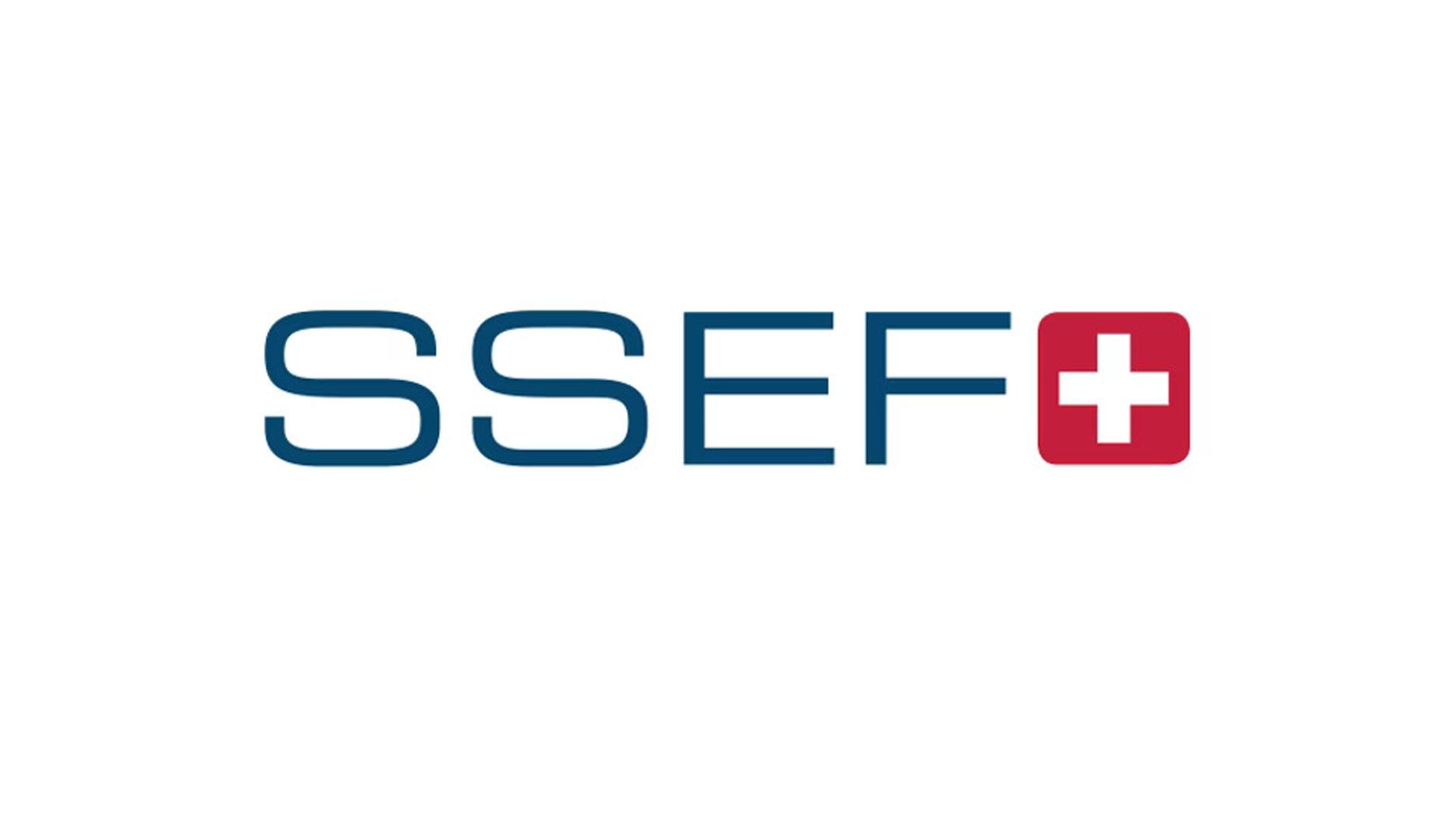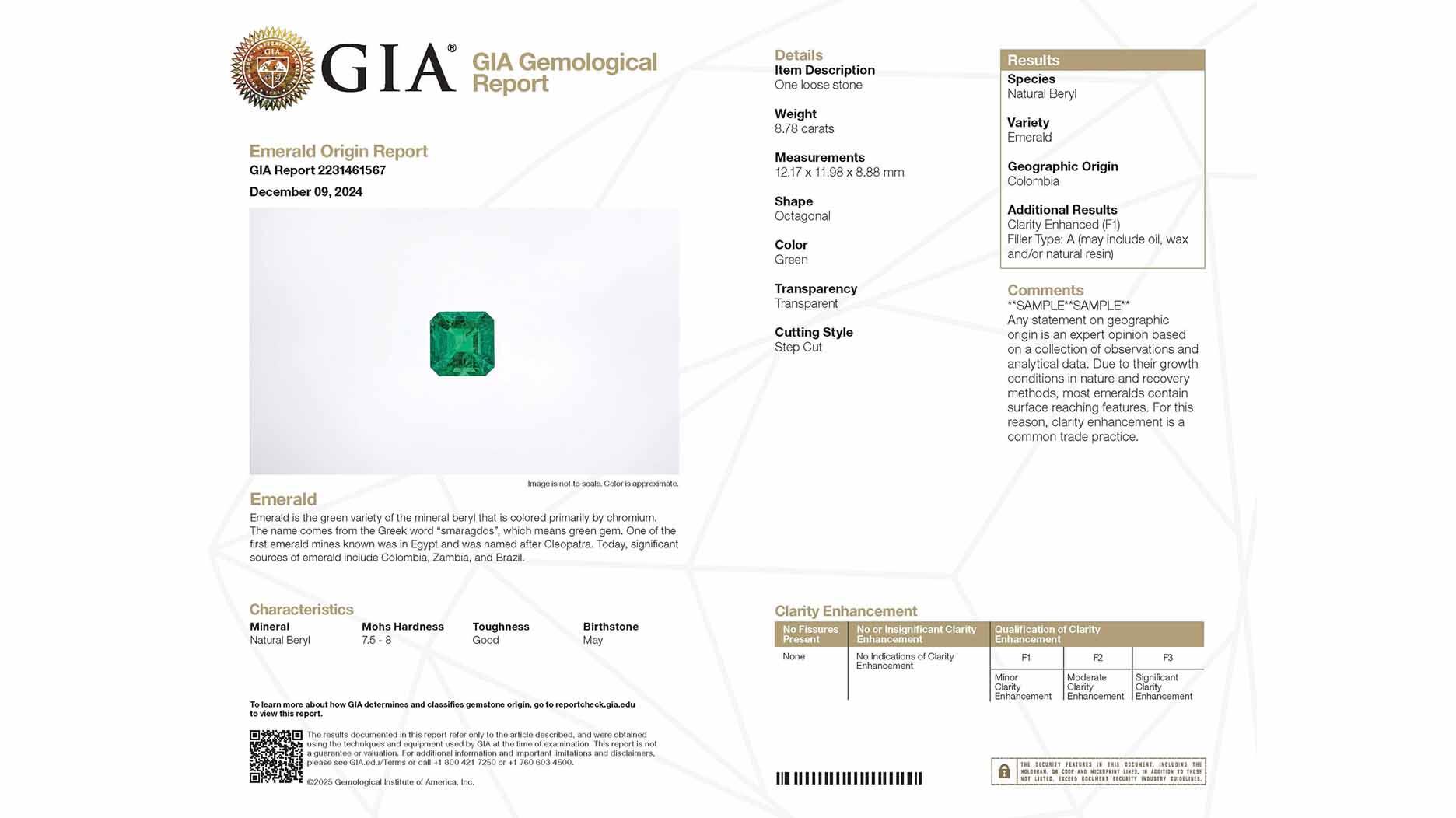Another Diamond With Fake GIA Inscription Surfaces
Graders at HRD Antwerp found this one, a HPHT-treated natural diamond inscribed with the report number of an untreated stone.

HRD Antwerp reported this week that it recently analyzed a 1.50-carat diamond submitted to its lab.
The diamond was identified as Type IIa—meaning they contain no measurable nitrogen or boron impurities, a rarity for natural diamonds—which raised an immediate red flag for the lab.
HRD Antwerp said Type IIa diamonds are always “investigated extensively” to ensure they are natural diamonds without any color enhancements.
During testing, lab graders discovered the diamond had indeed undergone high-pressure, high-temperature (HPHT) treatment even though the GIA grading report that corresponded with the inscription number made no mention of color treatment.
Upon detailed microscopic investigation, graders noticed that even though the stone’s carat weight, cut and final clarity grade (VS1) matched the report, the clarity characteristics, while “quite similar,” did not match up exactly.
“Since these characteristics are a unique fingerprint of the diamond, the inscription was conclusively identified as false,” HRD Antwerp said.
The report out of Antwerp is one in a string of recent incidents of labs finding diamonds with counterfeit GIA inscriptions, some lab-grown diamonds or diamond simulants inscribed with report numbers for natural stones and others lower-quality goods inscribed with report numbers for better diamonds.
In a statement to National Jeweler, GIA said it has seen an uptick in the number of fraudulent inscriptions on stones submitted to its labs.
In an earlier release, GIA shared the same advice HRD Antwerp CEO Ellen Joncheere did in her lab’s recent statement on the 1.50-carat diamond: It is important to have diamond grading reports updated before completing a purchase, especially in instances in which the buyer does not know the seller very well.
When asked if these diamonds with fake inscriptions are emanating from a single source or geographic locale, GIA said it has not seen any evidence that the recently reported cases are related.
(Its Treated Diamond Grading Reports are gray in color to distinguish them from the blue reports issued for natural diamonds.)
HRD Antwerp returned the diamond to the submitting company.
The Latest

The luxury goods company said founder Ippolita Rostagno will remain at the brand’s helm.

Laura Burdese, who joined the Italian luxury brand in 2022, will take on the role in July.

The National Jeweler editors revisit the most noteworthy industry happenings and design trends from 2025.

How Jewelers of America’s 20 Under 40 are leading to ensure a brighter future for the jewelry industry.

Need a gift for the cat lover who has everything? Look no further than our latest Piece of the Week.


It purchased the “Grosse Pièce,” an ultra-complicated Audemars Piguet pocket watch from the ‘20s, for a record-breaking price at Sotheby’s.

Chandler got his start at Michelson Jewelers and has served as DCA president and CEO since 2001. He will retire at the end of the month.

Roseco’s 704-page catalog showcases new lab-grown diamonds, findings, tools & more—available in print or interactive digital editions.

The boutique is slated to open this week inside Terminal 8, offering pre-owned Rolex watches and more to international travelers.

Sponsored by Digital Monitoring Products

The lab-grown diamond grower now offers custom engagement and fashion jewelry through its Kira Custom Lab Jewelry service.

The special-edition egg pendant ingested in a New Zealand jewelry store was recovered after a six-day wait.

Associate Editor Natalie Francisco plays favorites with Piece of the Week, selecting a standout piece of jewelry from each month of 2025.

The “Love and Desire” campaign is inspired by the magic that follows when one’s heart leads the way, said the brand.

Berta de Pablos-Barbier will replace Alexander Lacik at the start of January, two months earlier than expected.

Sotheby’s held its first two jewelry sales at the Breuer building last week, and they totaled nearly $44 million.

Winners will receive free registration and lodging for its fourth annual event in Detroit.

Here are six ideas for making more engaging content for Instagram Reels and TikTok, courtesy of Duvall O’Steen and Jen Cullen Williams.

The honorees include a notable jewelry brand, an industry veteran, and an independent retailer.

Carlos Jose Hernandez and Joshua Zuazo were sentenced to life without the possibility of parole in the 2024 murder of Hussein “Sam” Murray.

Yood will serve alongside Eduard Stefanescu, the sustainability manager for C.Hafner, a precious metals refiner in Germany.

The New Orleans jeweler is also hosting pop-up jewelry boutiques in New York City and Dallas.

Set in a Tiffany & Co. necklace, it sold for $4.2 million, the highest price and price per carat paid for a Paraíba tourmaline at auction.

The jeweler’s “Deep Freeze” display showcases its iconic jewelry designs frozen in a vintage icebox.

Take luxury gifting to new heights this holiday season with the jeweler’s showstopping 12-carat sphene ring.

This year's theme is “Unveiling the Depths of the Ocean.”

In its annual report, Pinterest noted an increase in searches for brooches, heirloom jewelry, and ‘80s luxury.





























